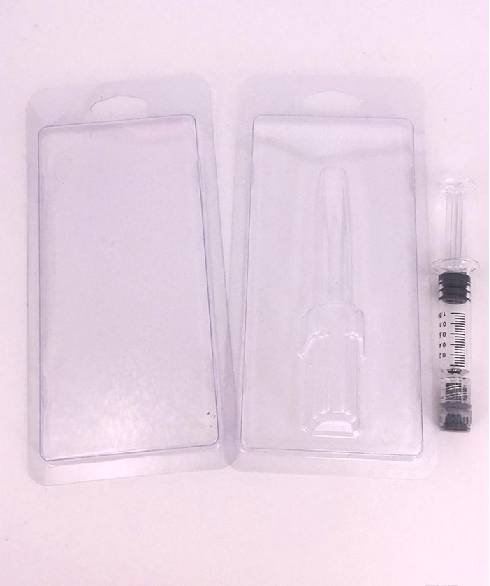The Blister Packaging Manufacturer told us that blister products are processed by plastics. The product generation principle is to heat the flat plastic hard sheet material to soften it, then use vacuum to absorb it on the mold surface, and then cool it to form. It is widely used in the electronics, electrical appliances industry, food industry, hardware tools, cosmetics industry, toy industry, daily necessities industry, medicine, health care products, automobiles, stationery, stationery, stationery and other industries.
the general term for using plastic blister technology to produce plastic products and encapsulating the products with corresponding equipment. Packaging products formed by packaging can be divided into: plug-in card, blister card, double blister, half blister, double-fold blister, tri-fold blister, etc. Blister packaging products include: blister, tray, blister box, synonyms are: vacuum cover, blister, etc.
The transparent plastic hard sheet is made into a transparent plastic with a specific convex shape by a blister process, which is covered on the surface of the product to protect and beautify the product. Also known as blister, vacuum hood, plastic mask. According to the different forms of the blister, it can be divided into: single blister, double blister, card blister and blister card blister
It is a kind of blister products with a lid and a bottom. The blister box with the bottom and the lid connected together is called the double-fold blister box, and the blister box with the bottom and the lid separated is called a blister box with a bottom cover.
Also called plastic inner support, the plastic hard piece is made into plastic with a specific groove by the blister process, and the product is placed in the groove to protect and beautify the product.
It is a kind of blister tray made of special materials, and a layer of velvet material is glued to the surface of ordinary plastic hard sheets, so that the surface of the tray has a velvet texture, which is used to improve the quality of packaging.
It is a blister tray made of special materials. The surface resistance of the material is less than 10 to the 11th power ohm. Mainly used for plastic trays of electronic and IT products.
The mold used in the production of blister molding, the lowest cost is the plaster mold, followed by the electroplated copper mold, and the most expensive is the aluminum mold. The mold is drilled with small holes, which are used for vacuum absorption of the heated hard piece to form a plastic product.

Blister Packaging
The main advantages of Blister Packaging are that it saves raw and auxiliary materials, is light in weight, convenient to transport, has good sealing performance, and meets the requirements of environmentally friendly green packaging; it can package any special-shaped products without additional cushioning materials for packing; the packaged products are transparent and visible, Beautiful appearance, easy to sell, and suitable for mechanized and automated packaging, convenient for modern management, saving manpower, and improving efficiency.
Blister forming machine, punching machine, sealing machine, high frequency machine, folding machine.
Plastic sheet-cutting-sheet fixing-heating-forming-demoulding-trimming-finished product
1. Blister molding can only produce products with relatively uniform wall thickness (generally, the chamfer is slightly thinner), and cannot produce plastic products with very different wall thicknesses.
2. The wall thickness of blister molding is generally within the range of 1 to 2mm or thinner (the most commonly used thickness of blister packaging for small packages is 0.15 to 0.25mm)
3. The degree of stretch of blister molded products is subject to certain restrictions. The diameter and depth ratio of blister molded plastic containers is generally not more than 1, and in extreme cases not more than 1.5
4. The dimensional accuracy of blister molding is poor, and the relative error is generally more than one percent.
If you have any knowledge about blister packaging, please contact our Blister Packaging Supplier.
Copyright © QINGDAO KUSH PACKAGING CO., LTD. All Rights Reserved
